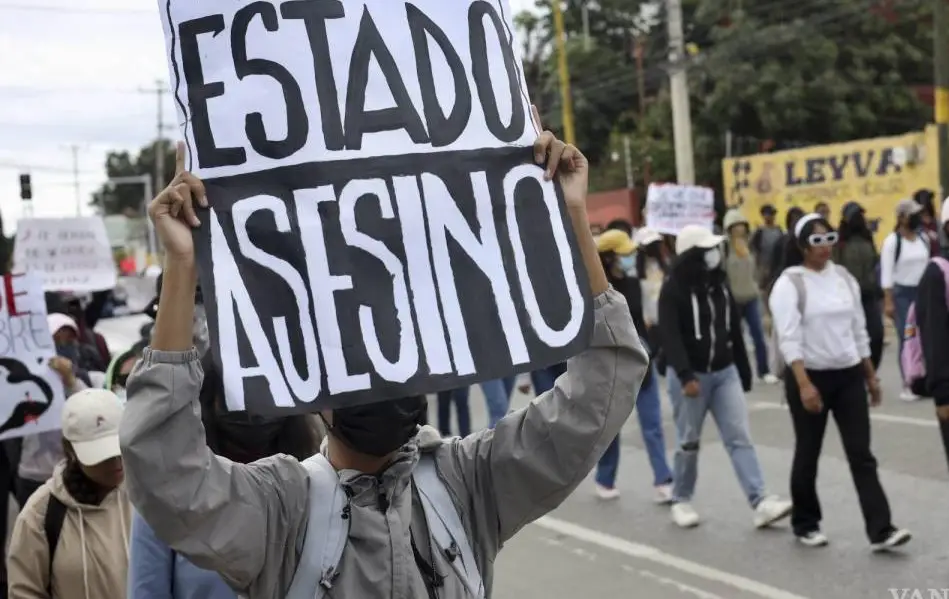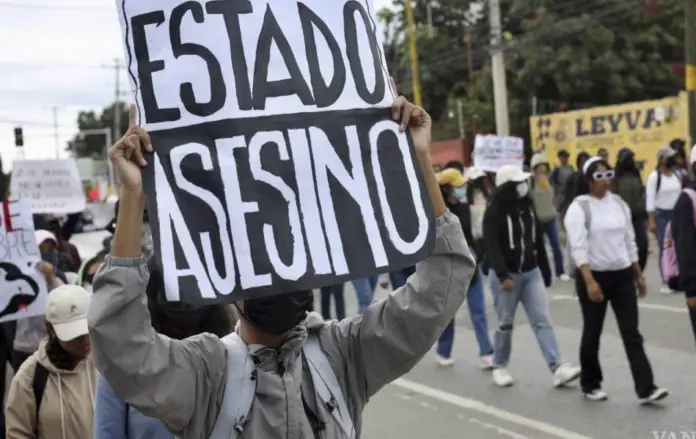
The head of the Ombudsman’s Office for Human Rights of the People of Oaxaca (DDHPO), Elizabeth Lara Rodríguez, presented yesterday the special report “Internal forced displacement in the state of Oaxaca”, at the facilities of the State Congress.
During the presentation, she reported that between the years 2020 and 2023, 156 complaint files and background notebooks have been filed, and 5,499 victims of internal forced displacement have been counted in the entity.
In 142 of the 156 complaint files, there are cases that occurred in indigenous communities, the rest in urban populations. By region, she specified that there are 63 cases in the Sierra Norte, 35 in the Central Valleys, 26 in the Mixteca, 22 in the Sierra Sur, 5 in the Papaloapan Basin, 4 in the Isthmus of Tehuantepec and 3 on the Coast.
The main causes of internal displacement in Oaxaca are the imposition and application of community sanctions, religious intolerance, land or agrarian conflicts and the exploitation of natural resources, conflicts over appointments of municipal authorities, and violence due to agrarian, political and religious conflicts.
Elizabeth Lara said that the recommendations issued by the organization under her charge are that internal forced displacement should be recognized as something that generates human rights violations, identifying the structural causes, having a regulatory framework, having qualitative and quantitative information, designing public policies and a comprehensive care program, comprehensive reparation of damage to victims and improving inter-institutional coordination, among others.
The DDHPO has issued 250 precautionary measures, three recommendations and on January 3, 2024 presented a constitutional reform project to provide comprehensive care for victims.
Victims of internal forced displacement in Oaxaca suffer physical, material, psychological, community damage and uprooting.
The report, he said, aims to present an overview of displaced persons in the state, to make visible the victims who are mainly from indigenous communities and peoples, to analyze the causes and to offer alternatives for care and solutions.
Source: vanguardia






